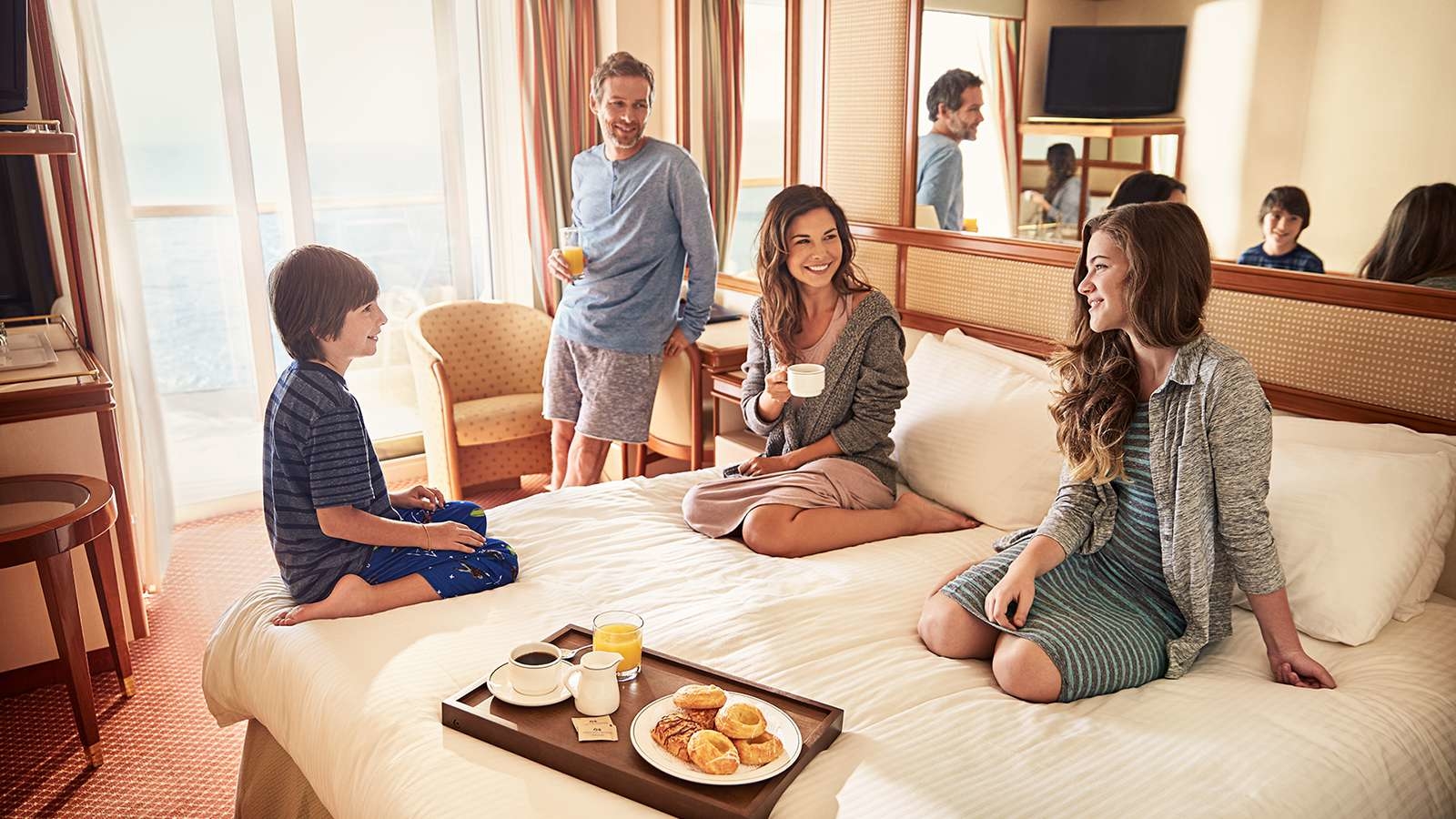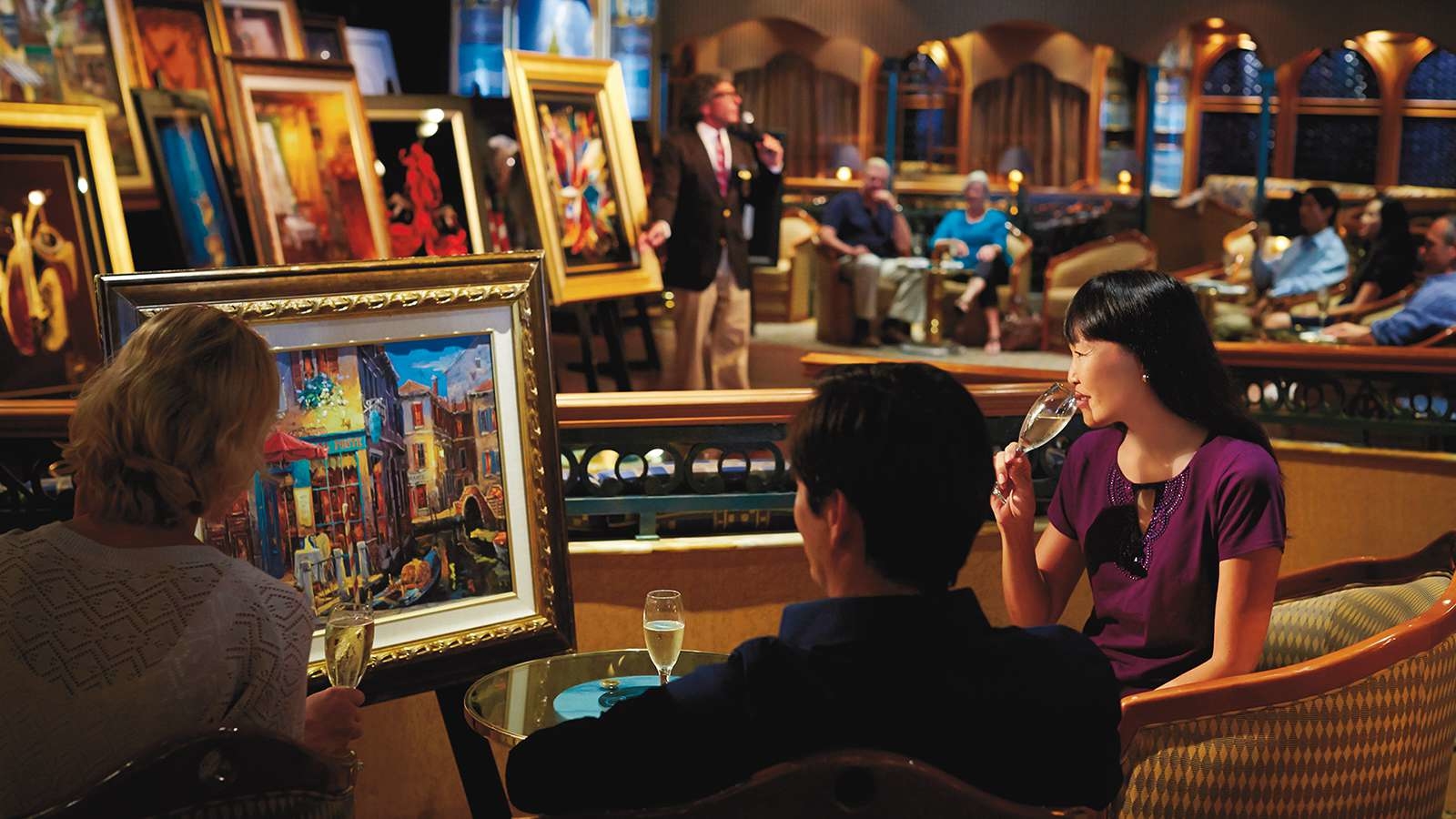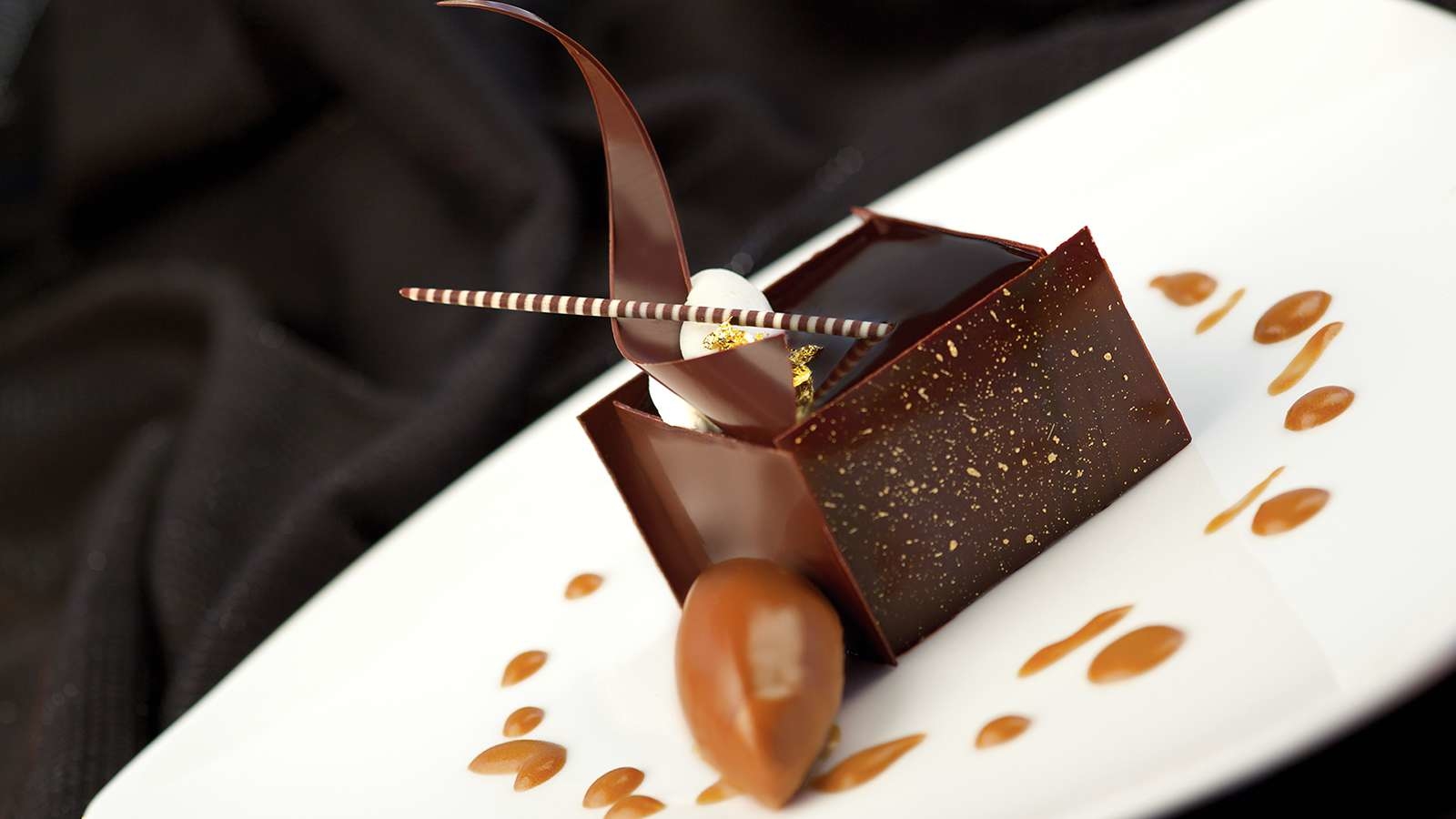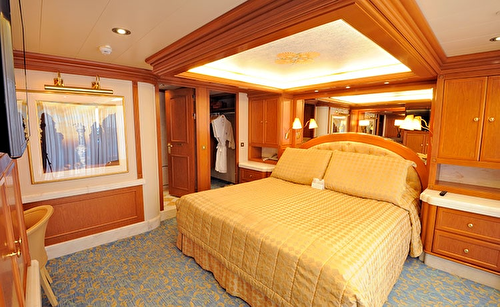Please complete the form below



Yokohama and Edo began life as sleepy fishing villages. That changed in the early 17th century after Tokugawa Ieyasu became Shogun. Edo became the center of political power in Japan, a position the city retained even after the restoration of Imperial rule in 1866.
Contemporary Tokyo may be the most astonishing city on earth. It’s a paradoxical mix of ancient tradition and postmodern culture. The Ginza – an international shopping mecca – stands near the serene grounds of the Imperial Palace, and the hyper-speed of 21st century consumerism is mysteriously reconciled with the elegance and serenity of traditional culture. Tokyo provides the traveler with a dizzying experience.
With the Meiji Restoration of 1868, Edo was renamed Tokyo, the “Eastern Capital,” to distinguish it from the old imperial capital at Kyoto, the “Western Capital.”
It took Commodore Perry and American gunboat diplomacy to open Japan to the outside world after two centuries of self-imposed isolation. In 1859, the port of Hakodate became the first Japanese city fully opened to Westerners under the Treaty of Amity and Commerce. Foreigners soon flocked to Hakodate, and today visitors wandering the cobblestone streets of the city’s Motomachi District can view their Western-style frame houses. Hakodate, once a fishing port famed for its high quality fish and shellfish, quickly became Hokkaido’s largest city and one of Japan’s most important ports. The Great Hakodate Fire of 1934 dealt the city a near fatal blow – a blow from which Hakodate was slow to recover. Today the city is Hokkaido’s third largest – surpassed by Sapporo and Asahikawa – but retains its foremost position as the finest Japanese producer of sushi’s raw product: the high quality seafood caught in Hokkaido’s cold waters.
It may not compare to Tokyo’s Tsukiji’s Fish Market, but at Hakodate’s four-block-long Morning Market, vendors offer a stunning array of fresh fish and shellfish prized for sushi including salmon roe, sea urchin, scallops and crab. Restaurants and food stands prepare a wide arrange of dishes including domburi topped with fresh seafood.
Traditionally famous for rice making and sake production, Niigata is the place for gourmet aficionados. It is also well known for the seafood caught from the Sea of Japan. With this variety of the commodity produced locally, Niigata developed from the wealth gained through shipping and trade by Kitamae-bune, which were cargo ships operated along the Sea of Japan between Hokkaido and Osaka from mid-18th century to the end of the 19th century.
To the south of Niigata is the Tsubame-Sanjo area famous today for metalworking. This derives from the production of Japanese nails used for Japanese traditional architecture. To discover Japanese craftsmanship, you will have the chance to visit the Suwada Open Factory. Also nearby is the religious center of Niigata in Yahiko. The Yahiko Shrine has gathered the devotion of the locals for more than a millennium.
The second largest city in South Korea, Busan is your gateway to a fascinating land whose culture is a unique amalgam of old and new. Modern high-rise towers dwarf ancient Buddhist temples. The city’s bustling business district offers a stark contrast to the serene grounds of Yongdusan Park. In short, Busan is a microcosm of South Korea, a nation whose startling economic success often obscures one of Asia’s most sophisticated and venerable cultures.
Busan was the scene of bitter fighting during the Korean War. The United Nations Memorial Cemetery marks the final resting place for the troops from 16 nations who gave their lives during the conflict.
For most travelers, Nagasaki is a symbol of the horror and the inhumanity of war. An estimated 75,000 people perished in 1945 when the city became the second target of a nuclear attack. Today, Nagasaki’s Peace Park and Atomic Bomb Museum draw visitors from around the world.
But this beautiful city on Kyushu offers other sights. Often described as the San Francisco of Japan, the city occupies verdant hills surrounded by a deep-water bay. For three centuries, Nagasaki was Japan’s sole window on the world. The city is also celebrated as the setting for Puccini’s opera “Madame Butterfly.”
From the 12th century to the Meiji Restoration of 1868, Kagoshima was the chief stronghold of the mighty Shimazu clan. The city lies at the top of the Satsuma Peninsula, a mountainous, geothermal wonderland of hot springs and geysers. The area is also rich in modern Japanese history: Saigo Takamori and the Satsuma samurai were leaders of the Meiji Restoration that toppled the shogun and restored the Emperor to power in 1868. In 1877, dissatisfied with the direction of the new government, Saigo led the Satsuma Rebellion, which ended in his death and the final defeat of the samurai.
The symbol of Kagoshima is Sakura Jima – the volcanic island that sits just offshore. The volcano has erupted over 30 times in recorded history.
Kochi sits on the broad alluvial plain facing Urado Bay. This city in Shikoku takes its name from the great feudal castle that sits at its very heart. Completed in 1611, Kochi Castle was the seat of Yamauchi Kazutoyo, a noted warrior who supported Tokugawa Ieyasu in his successful quest to become Shogun. Tosa Province and Kochi Castle were Yamauchi’s reward for faithful service. There is an historical irony here: 250 years later, a Kochi native son – a former low-ranked samurai and now ronin named Sakamoto Ryoma – played a pivotal role in bringing the Tokugawa Shogunate to an end and restoring the Emperor of Japan to political prominence. The prize once awarded for faithful service had become a hotbed of support for the Meiji Restoration.
Kochi is one of the wettest places in Japan – and a frequent target for cyclonic storms or typhoons. Southeast of the city, warm oceans currents washing against the Aki Mountains create a subtropical landscape of hibiscus, palm and ficus at Muroto-Anan Quasi-National Park.
A mesmerizing landscape, a revered cultural history, and Japan’s most sacred volcano are just a few of the many delights beckoning you to come and explore this ancient city. While Shimizu may have the reputation as being bustling and modern, its cultural and spiritual side is on display in the form of ancient and enthralling shrines. Of course, it may be the sacred and snow-capped Mount Fuji that garners the most attention. Towering over the region at approximately 12,388 feet above sea level, the active volcano, designated a “place and source of artistic inspiration” by UNESCO is just one of the many unforgettable adventures Shimizu inspires.
Yokohama and Edo began life as sleepy fishing villages. That changed in the early 17th century after Tokugawa Ieyasu became Shogun. Edo became the center of political power in Japan, a position the city retained even after the restoration of Imperial rule in 1866.
Contemporary Tokyo may be the most astonishing city on earth. It’s a paradoxical mix of ancient tradition and postmodern culture. The Ginza – an international shopping mecca – stands near the serene grounds of the Imperial Palace, and the hyper-speed of 21st century consumerism is mysteriously reconciled with the elegance and serenity of traditional culture. Tokyo provides the traveler with a dizzying experience.
With the Meiji Restoration of 1868, Edo was renamed Tokyo, the “Eastern Capital,” to distinguish it from the old imperial capital at Kyoto, the “Western Capital.”

The Interior stateroom is approximately 168 to 182 square feet and richly appointed with fine amenities. Some also have pullman beds to accommodate 3rd and 4th passengers.
These features and fine amenities are standard in the Interior stateroom:
Twin beds that convert to a queen size bed.
Private bathroom with shower.
Shampoo, conditioner, body lotion.
100% Egyptian cotton linens.
Satellite TV, refrigerator, hair dryer, safe, closet, phone and desk.
110V, 60-cycle alternating current (AC) with standard U.S. plug fittings.
Daily housekeeping service.
Evening bed turn-down.
The Premium Oceanview stateroom is approximately 200 square feet and features a forward-facing cabin for memorable views. The Premium Oceanview stateroom is richly appointed with fine amenities.
These features and fine amenities are standard in the Premium Oceanview stateroom:
Twin beds convertible to a queen-size bed*
Private bathroom with shower
Shampoo, conditioner, body lotion
100% Egyptian cotton linens
Satellite TV, refrigerator, hair dryer, safe, closet, phone and desk
110V, 60-cycle alternating current (AC) with standard U.S. plug fittings
Daily housekeeping service
Nightly turn-down service
The spacious approximately 237-square-foot Balcony stateroom is appointed with fine amenities and outstanding views from an approximately 46-square-foot private balcony. Some staterooms also have pullman beds to accommodate 3rd and 4th passengers.
These features and fine amenities are standard in the Balcony stateroom:
Balcony with patio furniture
Twin beds that convert to a queen-size bed*
Private bathroom with shower
Shampoo, conditioner, body lotion
100% Egyptian cotton linens
Satellite TV, refrigerator, hair dryer, safe, closet, phone and desk
110V, 60-cycle alternating current (AC) with standard U.S. plug fittings
Daily housekeeping service
Evening bed turn-down, chocolates on your pillow
*Due to some cabin configurations, the two twin beds may not convert to a queen size bed.

Premium accommodations and luxurious appointments are the signature of our expansive 319 to 730-square-foot Suites. Suite staterooms include a spacious cabin and large 114 to 181-square-foot balcony, along with special suite-only benefits. All Suites include a separate seating area with a sofabed, walk-in closet, full bathroom and deluxe amenities.
These features and deluxe amenities are standard in a Suite stateroom:
Separate seating area with a sofa bed
Upgraded balcony furniture with room for four: two comfortable loungers, a table and two chairs
Complimentary mini-bar set-up
Walk-in closet with personal safe
Comfortable luxury pillow-top mattress
Twin beds that convert to a queen-size bed*
100% Egyptian cotton linens
Upgraded bathroom amenities and hair dryer
Two flat-panel satellite TVs
Evening bed turn-down, chocolates on your pillow
Refrigerator
Writing desk and phone
110V, 60-cycle alternating current (AC) with standard U.S. plug fittings
Daily housekeeping service
Enhanced nightly turn-down service
A host of other benefits and amenities
Please complete the form below